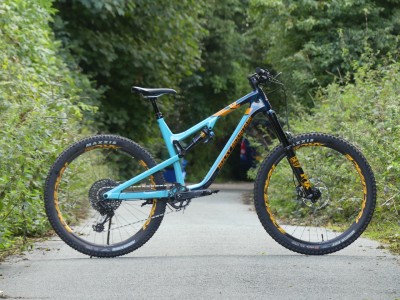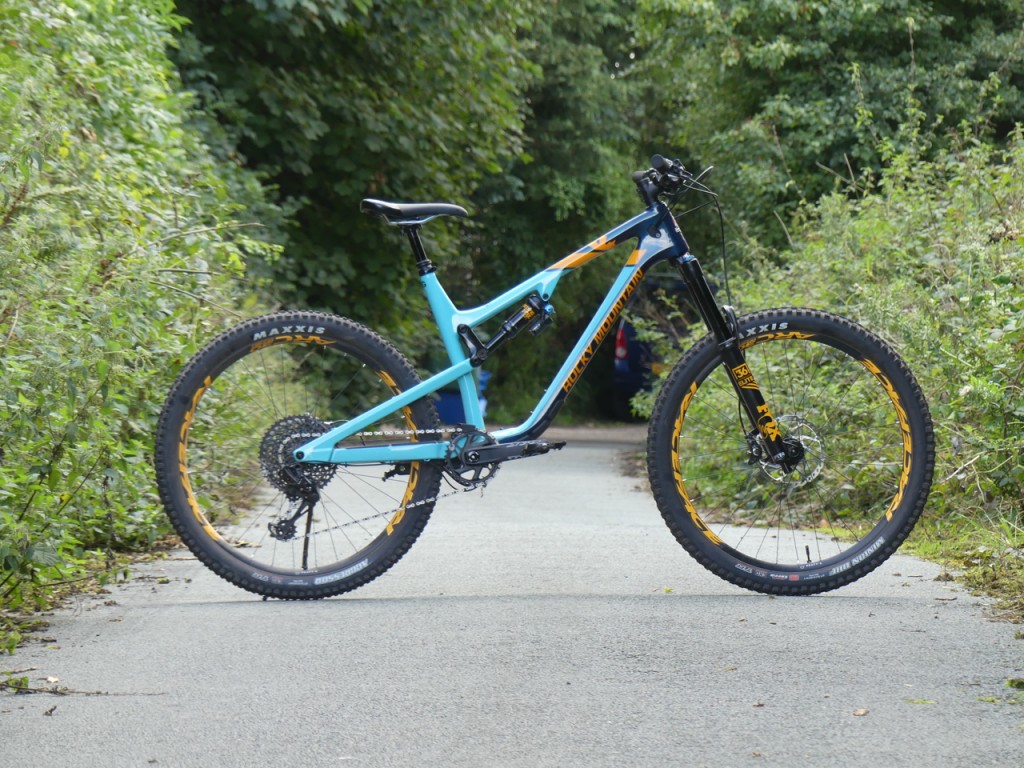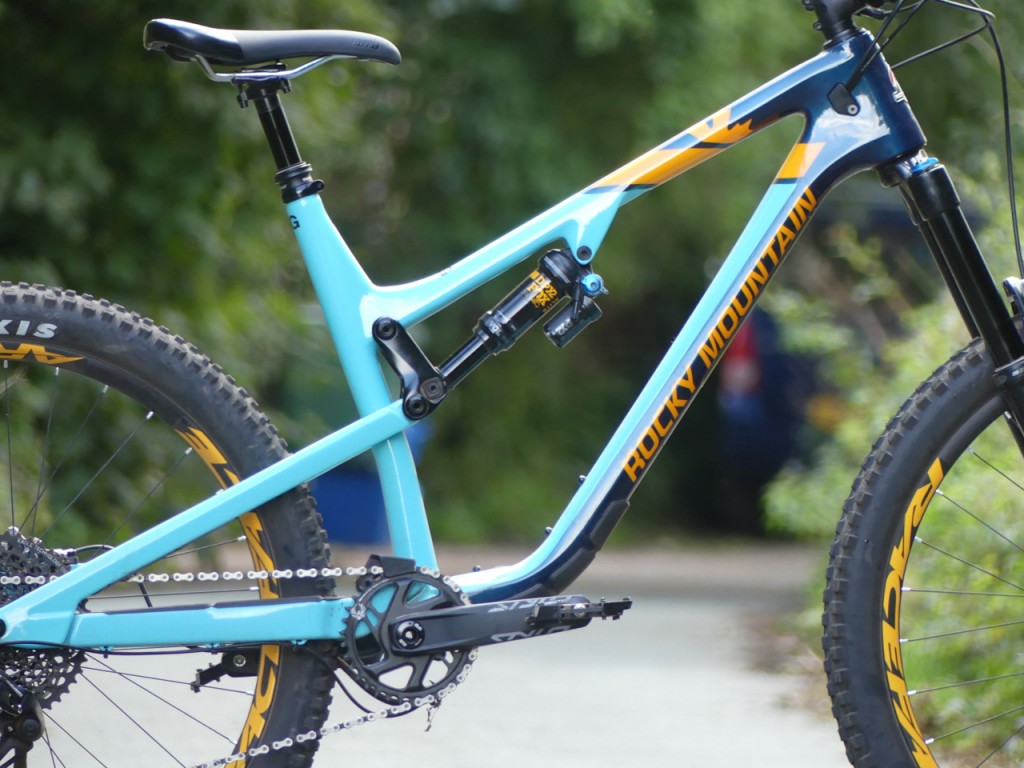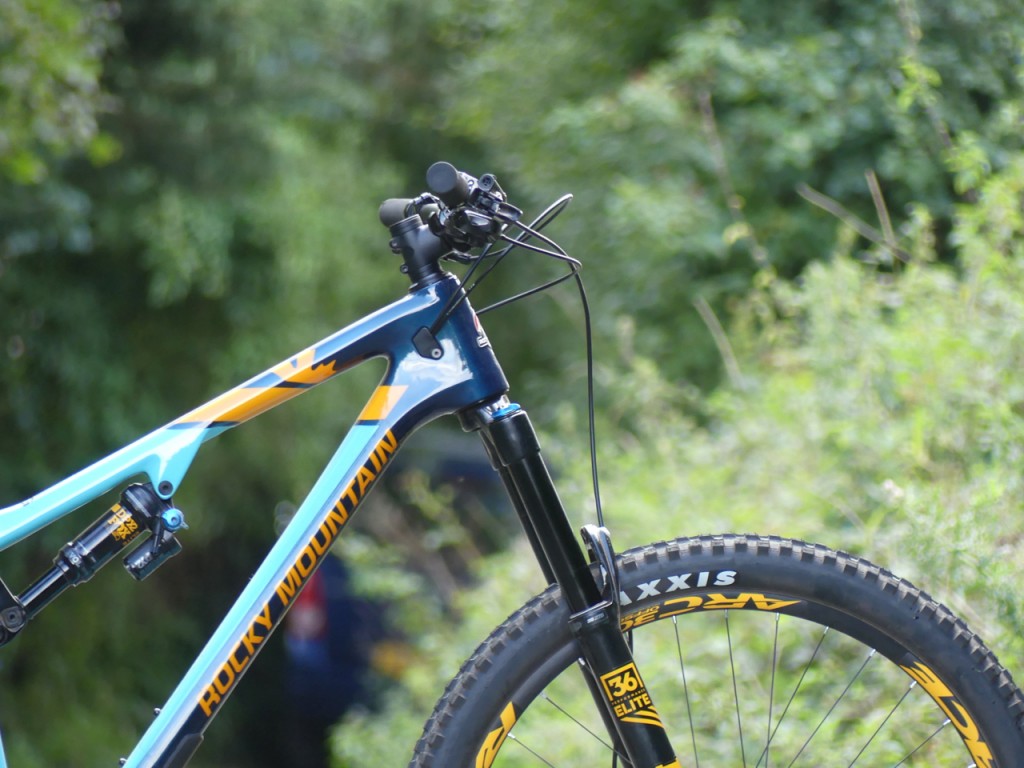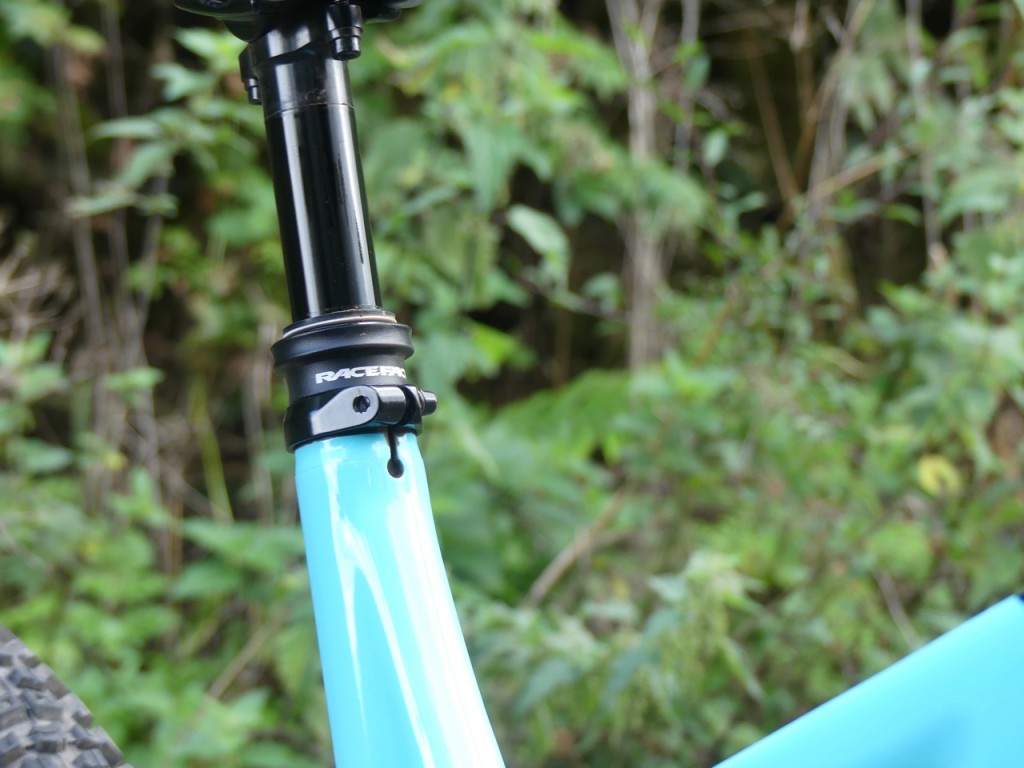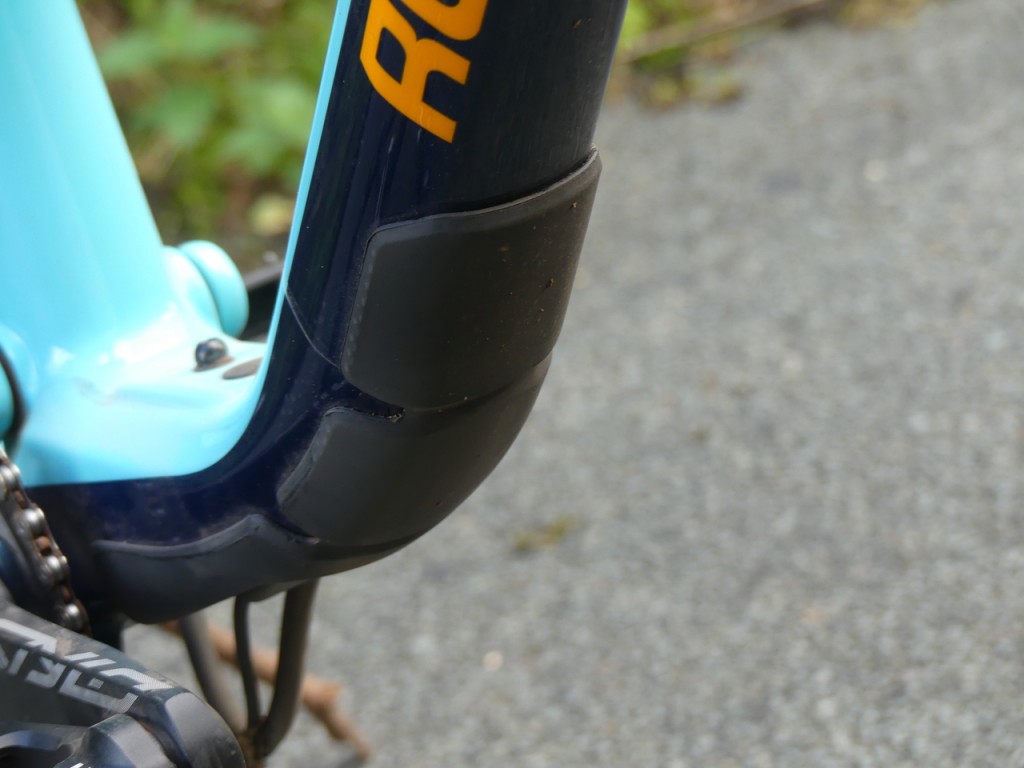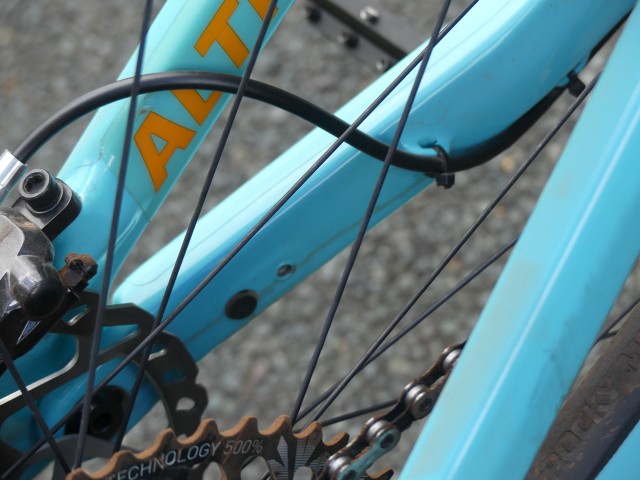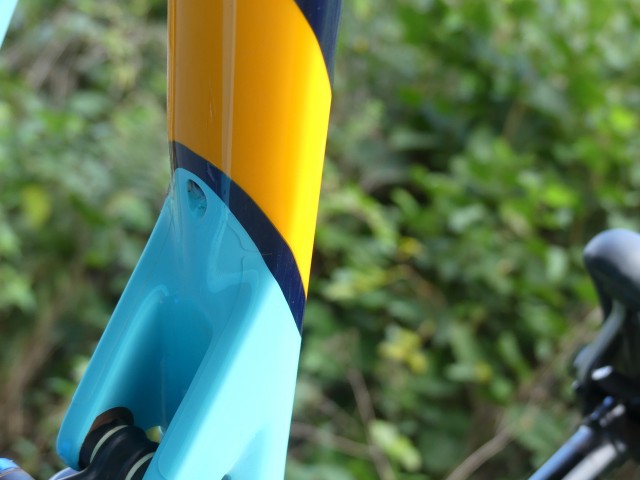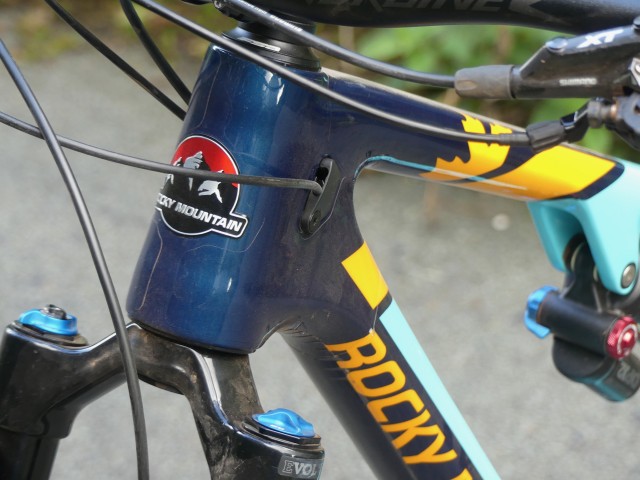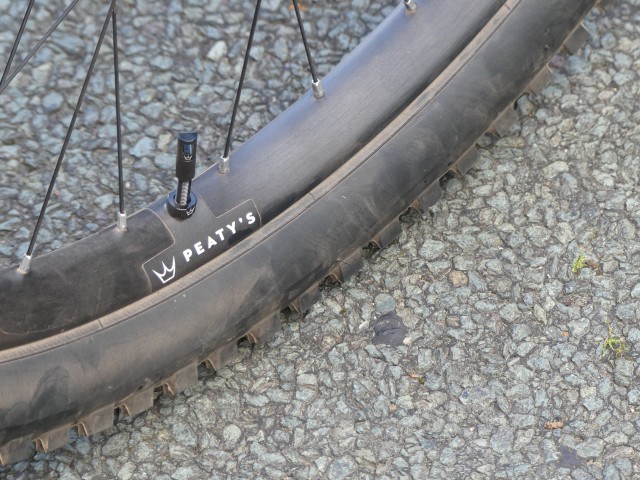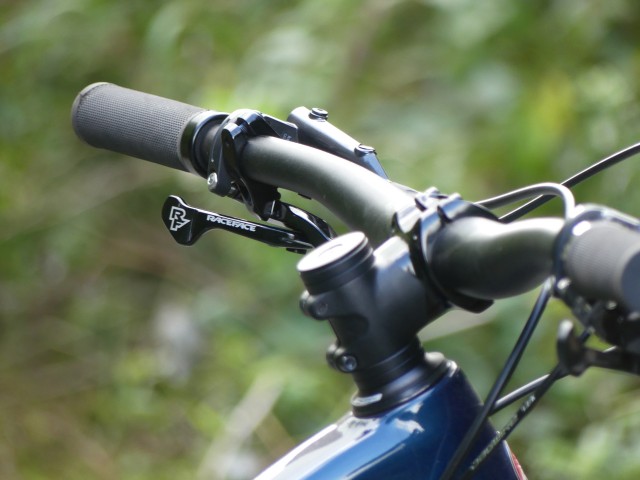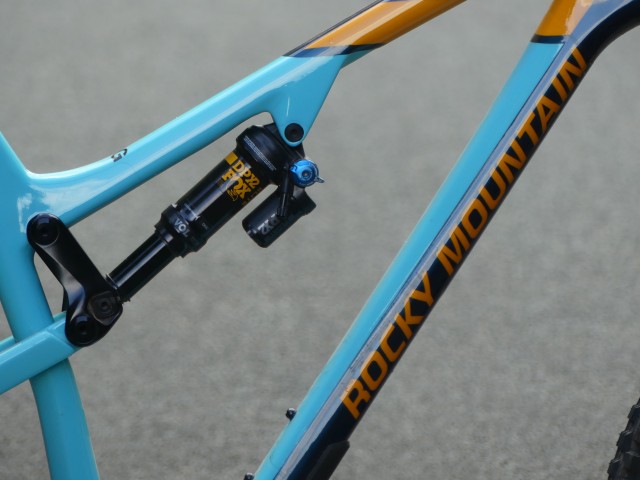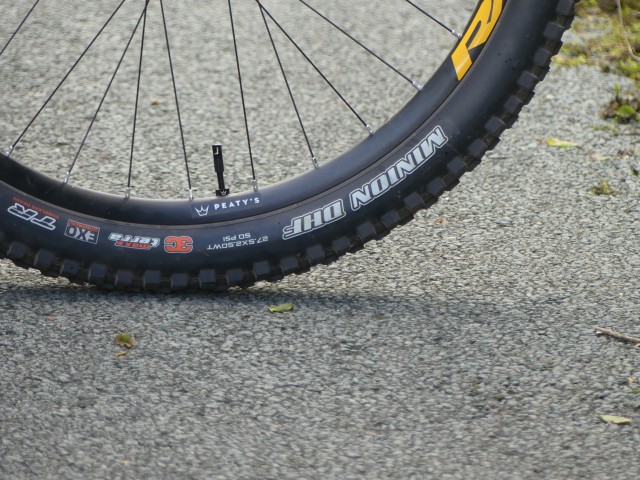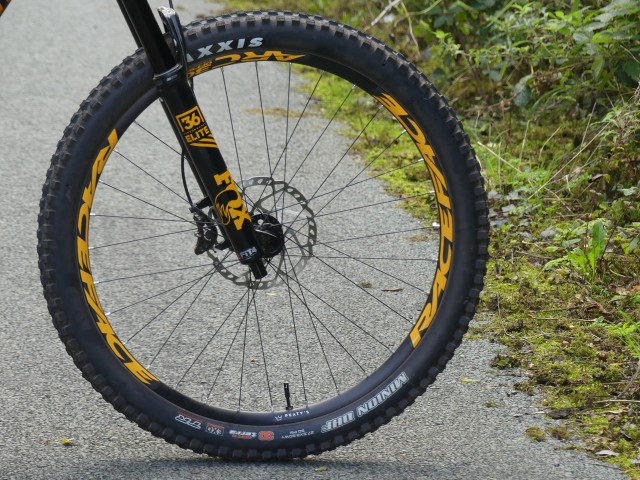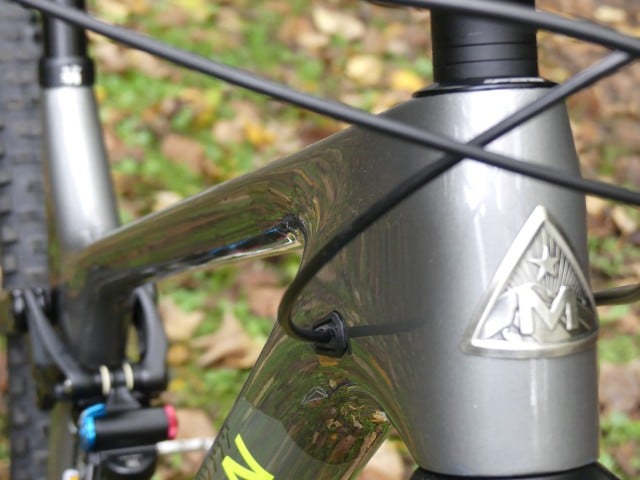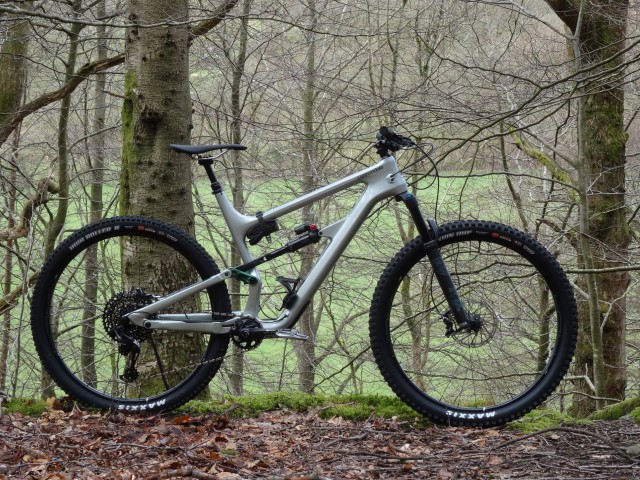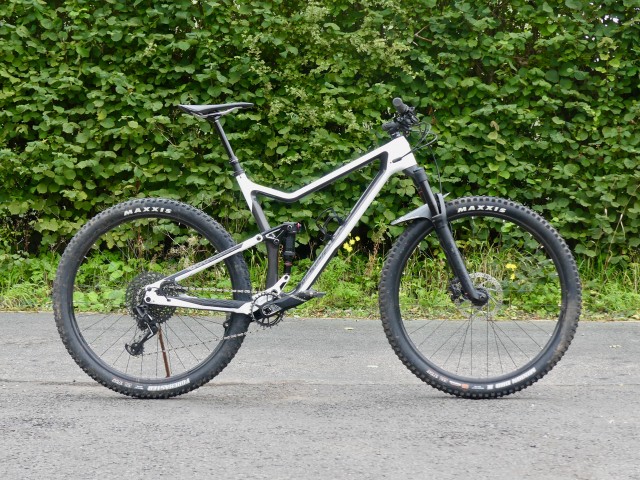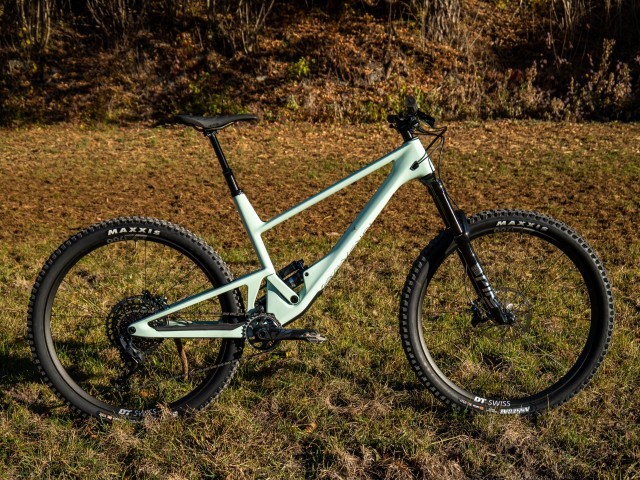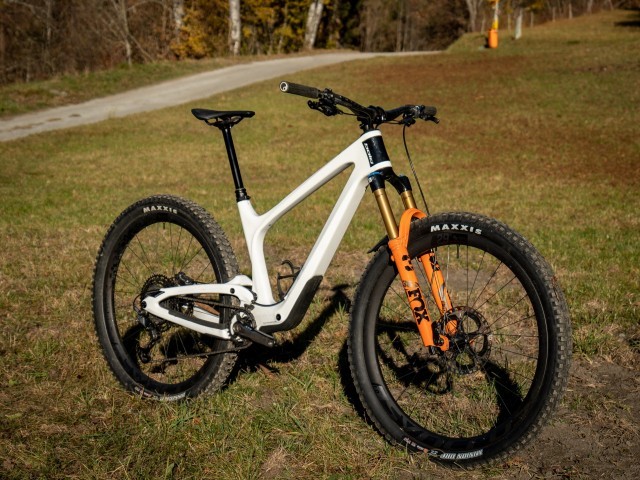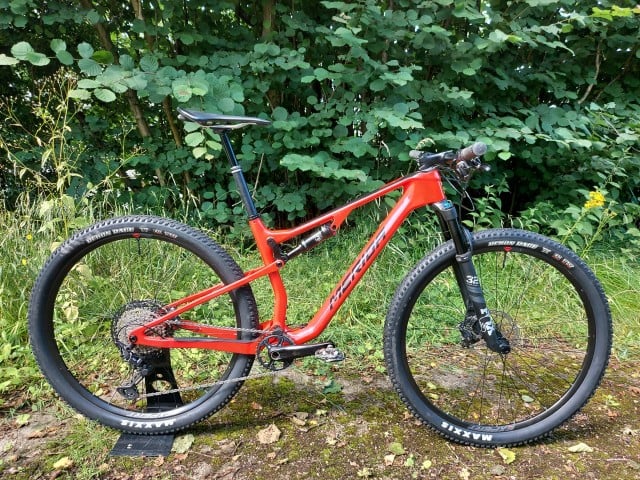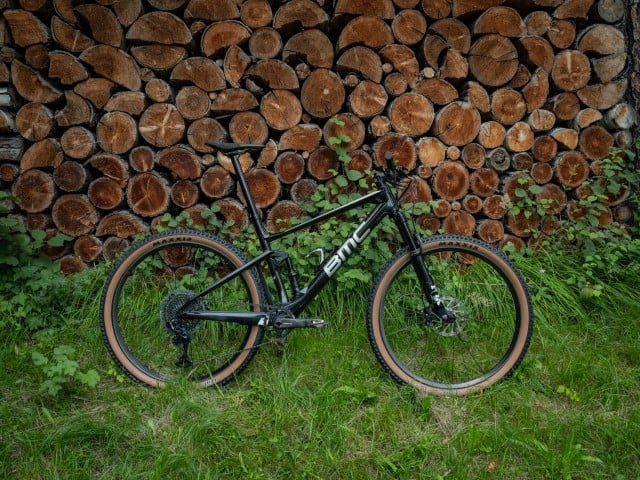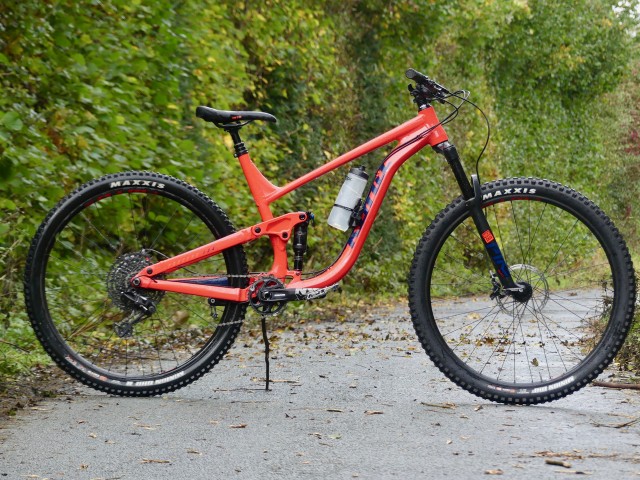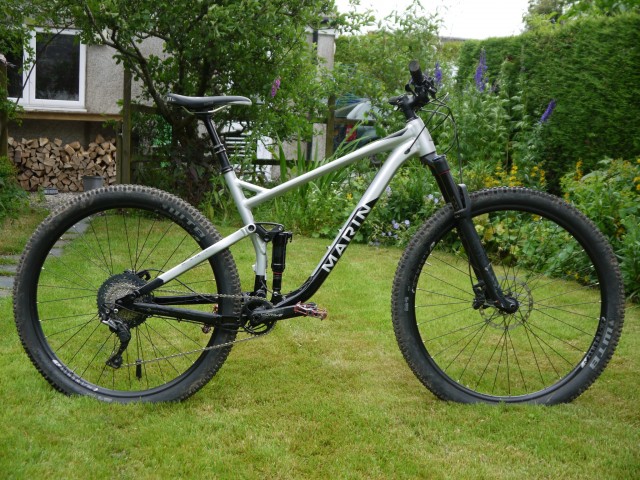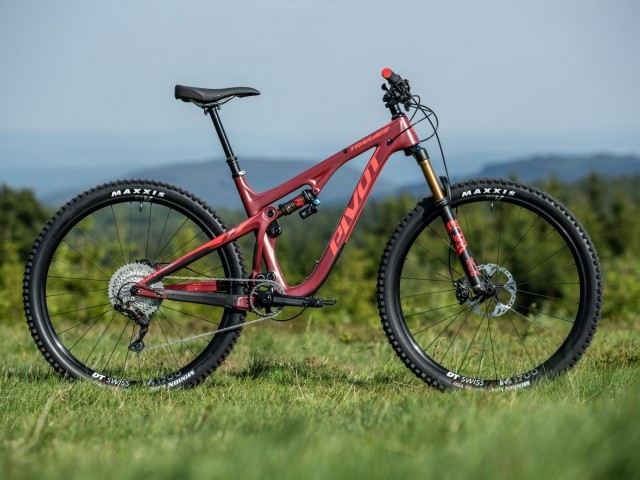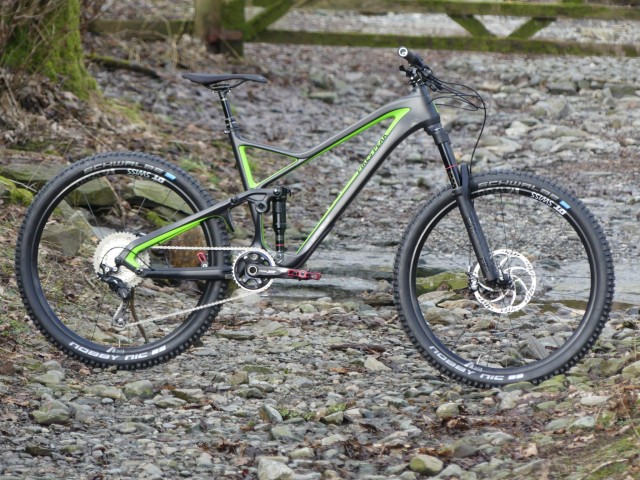At A Glance
The last few years has been a good journey for Rocky Mountain Bikes, and with the Altitude undergoing a progressive facelift their ‘aggressive trail’ bike has been well received around the globe. With the Slayer filling the big, hard-hitting enduro category, the Altitude is free to concentrate on being a long travel trail bike, or shorter travel enduro machine. It just depends on your point of view I suppose, but Rocky call it an 'Aggressive Trail' bike.
Buy Trail Bikes on
Available in two aluminium and three carbon build options for 2019, the Altitude offers itself out in a wide range of prices and build finishes. It’s great to see a high-end performer available not only to those with the healthiest of budgets. With prices ranging from £2699.99 for the Alloy 30 model through to a whopping £6999.99 for the highly spec’d Carbon 90, there is a price to suit a large range of riders.
Finishing components come from Fox and RockShox, Shimano and SRAM. Our model is the Carbon 70, which boasts an eclectic mix of components including Fox Performance Elite suspension, SRAM Eagle drivetrain and Shimano XT brakes. RaceFace play a part with a 150mm Turbine dropper (essentially a Fox Transfer) post and some nice looking 30mm wide rims, which are laced to Rocky Mountains own brand Front hub and a DT Swiss rear hub. These Boost-size wheels are finished off with some meaty 2.5” Maxis tyres, a DHF upfront and an Aggressor at the rear. The Altitude will also be one of the few bikes in the world to feature Fox Live and is ready to receive that technology when it's ready.
The Altitude also comes with their Ride Nine flip chip adjustment system, which allows riders to fine-tune their geometry and suspension with a pair of Allen keys. Nine configurations are possible thanks to two interlocking chips, the angles of the seat and head tube are both altered by approximately one degree between the full steep and full slack settings. This offers the rider set up options to suit their riding style, terrain and personal preference.
On The Trail
Just looking at the Altitude for the first time made me want to ride it, and ride hard. A really neat gloss paint job compliments the nice smooth lines, which are enhanced thanks to some cleverly hidden stealth linkages at the rear. Top effort to the design team here, the aesthetics are definitely on point.
Straight away it’s obvious that this is well defined as more of a trail bike than a gravity weapon. The lightweight carbon chassis and extremely short (423mm) stays create an instant feel of direct acceleration and ‘zip’. Feedback through the pedals is excellent and encourages plenty of over-enthusiastic, out of the saddle pedalling. The rear stays are some of the shortest I’ve ever seen on a full suss bike, yet the balance feels top class. Playful and masses of fun from the first ride, it’s clear to see that the Altitude will appeal to a lot of riders looking for an exciting ride.
A good trail bike needs to be a good all-rounder. The Altitude ticks all the boxes to make it just that. Ok, so having 9 different adjustment settings for geometry and suspension may seem a bit tricky to get your head around, but it can be simplified. Rather than nine settings, I look at it as a flip chip for either ‘slack’ or ‘steep’ with a bit of fine tuning potential for those who like their gadgets and playing around with suspension progression rates.
This fine tuning is great to adjust your geometry to best suit where you ride, and how you ride it. Personally, I like to keep my riding experiences as easy on the brain as possible, and after playing around, I settled on a neutral position and adjusted between the steep and slack settings. The flip chip is a bit of a fiddle to use, and isn’t quite slick enough to make me want to get two hex keys out when I’m on the trail, but get it set up in the workshop and it's all good.
My previous flip chip adjustment experiences on other bikes have always ended up with me just staying on the low and slack mode, but on the Altitude I found that steeper setting just brought the bike fully to life when riding undulating trails, keeping the handling a little sharper and so much fun!
The slack setting is still a great option if you’re riding big mountain descents or enduro stages. The bottom bracket drops lower which provides a bit of extra high-speed stability, and the 65-degree head tube angle helps to plough through and over rough terrain with ease. The Fox suspension is a real plus for me, it feels plush and compliments the confidence inspiring design of the Altitude. A seat angle of 74 degrees is relatively steep and provides an efficient enough riding position to stay in this setting for the odd climb here and there. Slackening out the angles definitely provides an air of aggression to the ride.
For riding undulating trails (this is an 'aggressive trail' bike remember), putting it into the steeper setting provides an excellent ride. The 1 degree steeper seat angle makes a noticeable difference to the climbs, feeling super nippy thanks to being sat more directly over the pedals. The slightly steeper head angle doesn’t feel steep in the slightest and still eats the terrain efficiently, yet it makes the handling more capable and gives heaps of rider feedback. A steeper head angle also creates a longer reach; this enhances both high-speed stability and helps to prevent the front from wondering on the climbs.
The Altitude uses a Horst Link suspension system, which can often cause pedal ‘bob’, particularly on longer travel setups. It seems, however, that Rocky Mountain has been working hard to minimise these inefficiencies and have turned the Altitude into a very good climber. These adjustments combined with an upgrade to the excellent Fox DPX2 rear shock create a ride which is active enough to keep heaps of traction, and provides enough mid stroke support to keep the shock fully open even on those super long climbs.
When descending, the Horst Link works a treat too. Compliance with small, chattery ground is really good and breaking over rough terrain or in the turns remains smooth enough to feel in control.
What I love about this bike though is how it lacks some of the forgiveness of so many big travel bikes these days. You need to stay on your toes with the Altitude; it won’t do all of the work for you. Despite this, it doesn’t feel like a fight when you choose the wrong line, it just helps remind you how to ride, while hitting the fun factor hard through the process.
The reach and wheelbase figures would have been progressive three years ago, but today they are pretty average rather than boundary-pushing. This is no bad thing, don’t listen to people who dismiss bikes as being too short just by looking at the numbers, go and try it and see for yourself!
No matter what setting you choose to be in, the Altitude is a very controllable bike which responds impeccably well to rider input. The short stays make it extremely ‘poppy’ and ‘flickable', it just seems to make you smile at all times, definitely one of the most fun and engaging bikes I’ve ridden in a long time.
Overall
For this price, you would expect a good bike, but we love the fact that Rocky Mountain has created an arsenal of Altitudes, which make this fantastic trail bike accessible to a wider audience. A great looking, fun and well-balanced all-rounder which can’t fail to bring a whole new level of stoke to your ride.

This review was in Issue 56 of IMB.
For more information visit Rocky Mountain BicyclesRelated
By Charley Oldrid
Charley Oldrid is a man who spends a lot of time in the saddle. A highly experienced Mountain Bike Guide, having led trips all over world riding the finest trails he can find. His personal riding style can only be described as wild, getting sideways isn't an option on a ride with Charley, it's mandatory. If anyone can find the limit of a test bike, it's him.


